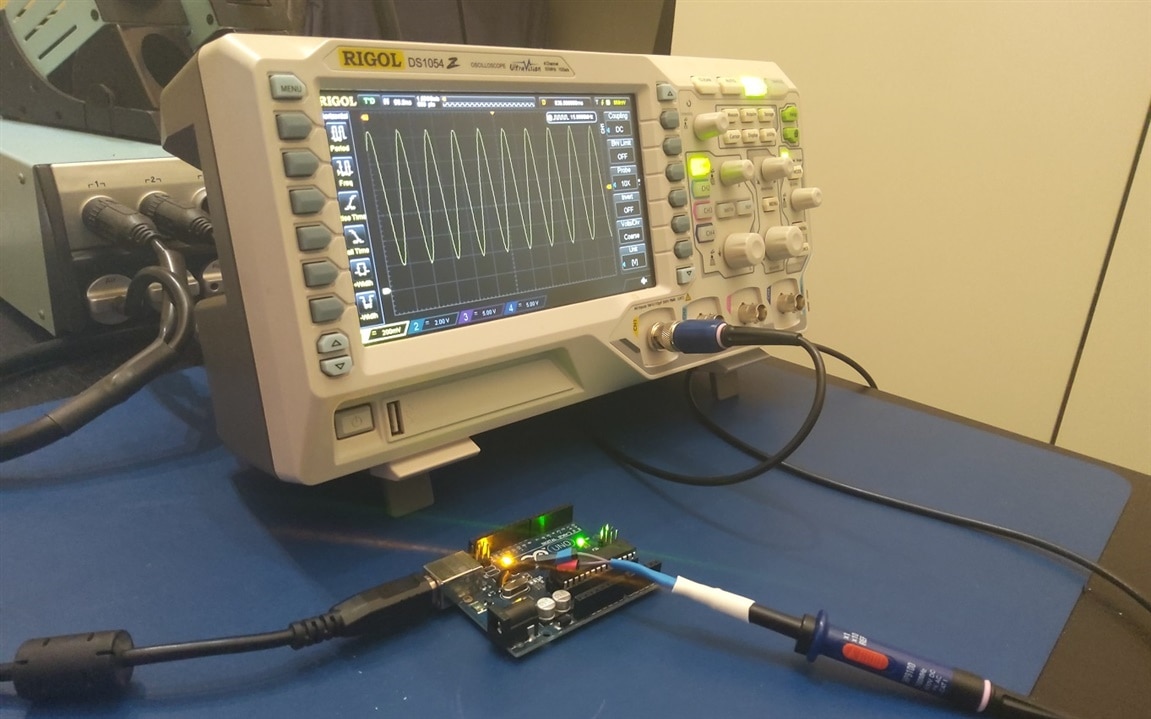This is a reaction post on baldengineer's excellent Workbench Wednesdays 50: DIY Solder-In Oscilloscope Probes.
There have been several posts here on the community to related to the topic, like this one from shabaz: Building Solderable In-Circuit Oscilloscope Probes (the design that inspired James), Andrew J's solution with ferrules and this one from me: DIY $10 Solder-in Oscilloscope Probe.
I was thinking about a simpler one that uses an off-the-shelf probe, keeps impedance, compensation and x1/x10 intact, and does not destroy the probe. Battle of the probe techniques ...
I came up with this design:
Making it took 7 minutes. Filming a lot more :).
Also kudo's to W2AEW because virtually every technique comes from one of his videos.
Result:



Top Comments